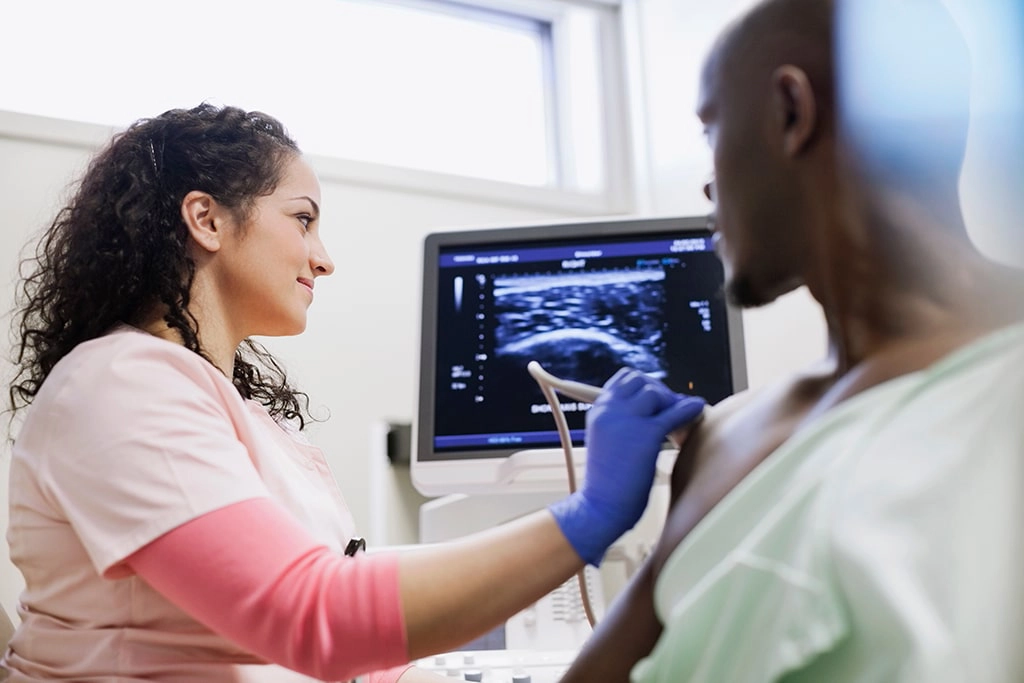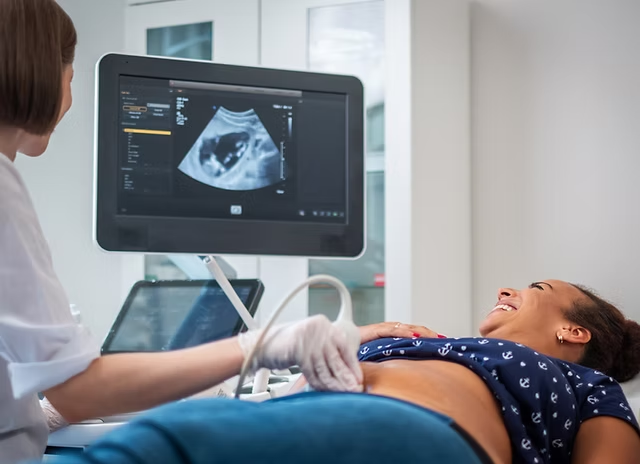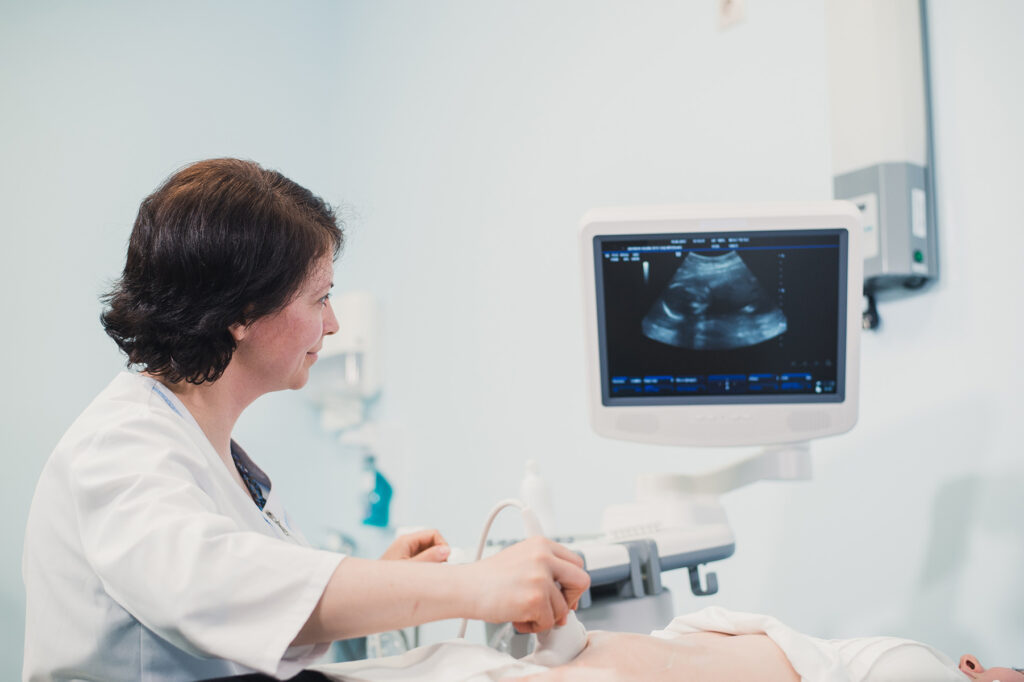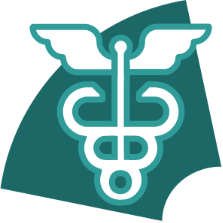What is Sonography?
Understanding Sonography (Ultrasound)
At Harmonic Medical Sonography, we use sonography (ultrasound scanning) to help diagnose and monitor a wide range of health conditions. Sonography is a safe, painless, and non-invasive imaging technique that uses sound waves, not radiation to create detailed pictures of the inside of the body.

At Harmonic Medical Sonography, we know that waiting for answers can be stressful. That’s why we specialise in sonography (also called ultrasound scanning) a safe, painless, and non-invasive way of capturing detailed, real-time images inside the body without radiation.
Our expert sonographers use advanced ultrasound systems to provide immediate insights and deliver a clinical report within 48 hours. While your GP or specialist may process results at different speeds, you can feel confident that Harmonic ensures your scan is never the cause of delay.
With accredited clinics in Manchester, Lancashire, Essex, East Sussex, and Staffordshire, we make high-quality ultrasound services accessible across the regions we serve.
How Sonography Works
A small handheld device called a transducer sends high-frequency sound waves into the body.
Organs and tissues reflect these waves back.
Powerful software converts the echoes into real-time images on a monitor.
A trained sonographer analyses the images and prepares a detailed report for your referring clinician.
Because images are live, sonography can also be used to guide procedures such as biopsies, injections, or fluid drainage with precision.
- Fully accredited and regulated by the Care Quality Commission (CQC)
- Experienced sonographers trained to NHS standards
- State-of-the-art ultrasound technology for accurate diagnosis
- Trusted by NHS referrers and private patients across multiple clinics
- Committed to patient safety, data security, and quality care

What Sonography Is Used For
Sonography is one of the most versatile diagnostic tools in modern medicine. It can help:
Abdominal & urinary scans – assess the liver, gallbladder, kidneys, pancreas, spleen, and aorta; detect stones, inflammation, or swelling.
Women’s health – pelvic and gynaecological scans; pregnancy scans to monitor growth and wellbeing.
Vascular & Doppler scans – detect blood clots (DVT), circulation problems, aneurysms, or varicose veins.
Musculoskeletal scans – check muscles, tendons, ligaments, and joints; sports injuries; arthritis.
Breast scans – investigate lumps, cysts, implants, or lymph nodes.
Small parts scans – examine thyroid, salivary glands, and testes.
Guided procedures – assist with biopsies, aspirations, and injections.
Is Sonography Safe?
Yes. Sonography has been used for decades and is considered extremely safe. It uses sound waves, not ionising radiation.
Medical research has found no link between ultrasound and harmful side effects. For this reason, ultrasound is widely used during pregnancy and is suitable for both adults and children.
At Harmonic, we follow strict professional guidelines to ensure every scan is medically justified and exposure is kept to the minimum needed for accurate diagnosis.

What happens during the Scan?
You may be asked to change into a gown, depending on the area being examined.
A clear gel will be applied to your skin.
The sonographer moves the transducer gently across the area to capture images.
You may be asked to take a deep breath or change position for clearer views.
Some scans, such as pelvic or prostate, may use a small internal probe for higher precision. A chaperone is always available.
The scan usually takes 20–30 minutes. You will be awake, comfortable, and able to continue normal activities straight afterwards.
Results & Reporting Speed
Our sonographers can often explain key findings during or immediately after the scan.
A full written report is sent to your referring clinician within 48 hours.
Please note: GPs and specialists process reports at different speeds, depending on urgency and their workflow.
This means your results are always ready quickly, without unnecessary waiting.
Results & Reporting Speed
We work to the highest standards, guided by:
Society & College of Radiographers (SCoR)
Royal College of Radiologists (RCR)
British Medical Ultrasound Society (BMUS)
European Federation of Ultrasound in Medicine & Biology (EFUSMB)
Our clinics are CQC-regulated, and all sonographers are HCPC-registered. We also hold Cyber Essentials Accreditation, demonstrating our commitment to patient data security.
Book Your Ultrasound Scan
Sonography is one of the safest and most effective ways to understand your health. At Harmonic Medical Sonography, we combine advanced imaging, rapid reporting, and exceptional care to give you peace of mind sooner.
To book your scan, call 0333 188 2370 or email Appointments@harmonicmedicalsonography.com.
For your first visit, please bring a valid ID, your insurance card, any current medications or a list of them, and any relevant medical records
Abdominal Scans - Don't eat for 6-8 Hours beforehand.
Pelvic/early pregnancy scans - Arrive with a comfortably full bladder.
Most other scans – No special preparation needed.
Wear loose, comfortable clothing. You may be asked to adjust or remove clothing around the area being scanned.
Yes. Ultrasound uses sound waves (not radiation), so it is very safe; even during pregnancy. It has been used in healthcare for decades.
A sonographer will place some cool gel on your skin and gently move a small handheld device (probe) over the area being scanned. You might be asked to change position, hold your breath briefly, or move a joint (for musculoskeletal scans).
A written report will be ready within 24–48 hours and sent to the Referring GP for NHS Patients.
Images or video clips (for pregnancy scans) can be provided immediately for Private Patients.
Why Choose Us
Why patients trust us with their care
Our commitment to excellence, compassion, and personalized treatment has earned the trust of countless patients. Discover what sets our care apart. Discover what sets our care apart.
- Highly Qualified Sonographers & Radiologists
- State-of-the-Art Ultrasound Equipment
- Fast, Clear & Accurate Reporting
- Patient-Centred Care
- UKAS/ISO 9001 Aligned Strict Safety & Quality Standards
Our Numbers
By the numbers: excellence in health
Excellence in healthcare is our standard, and our numbers back it up. From patient satisfaction rates to successful treatment outcomes.



